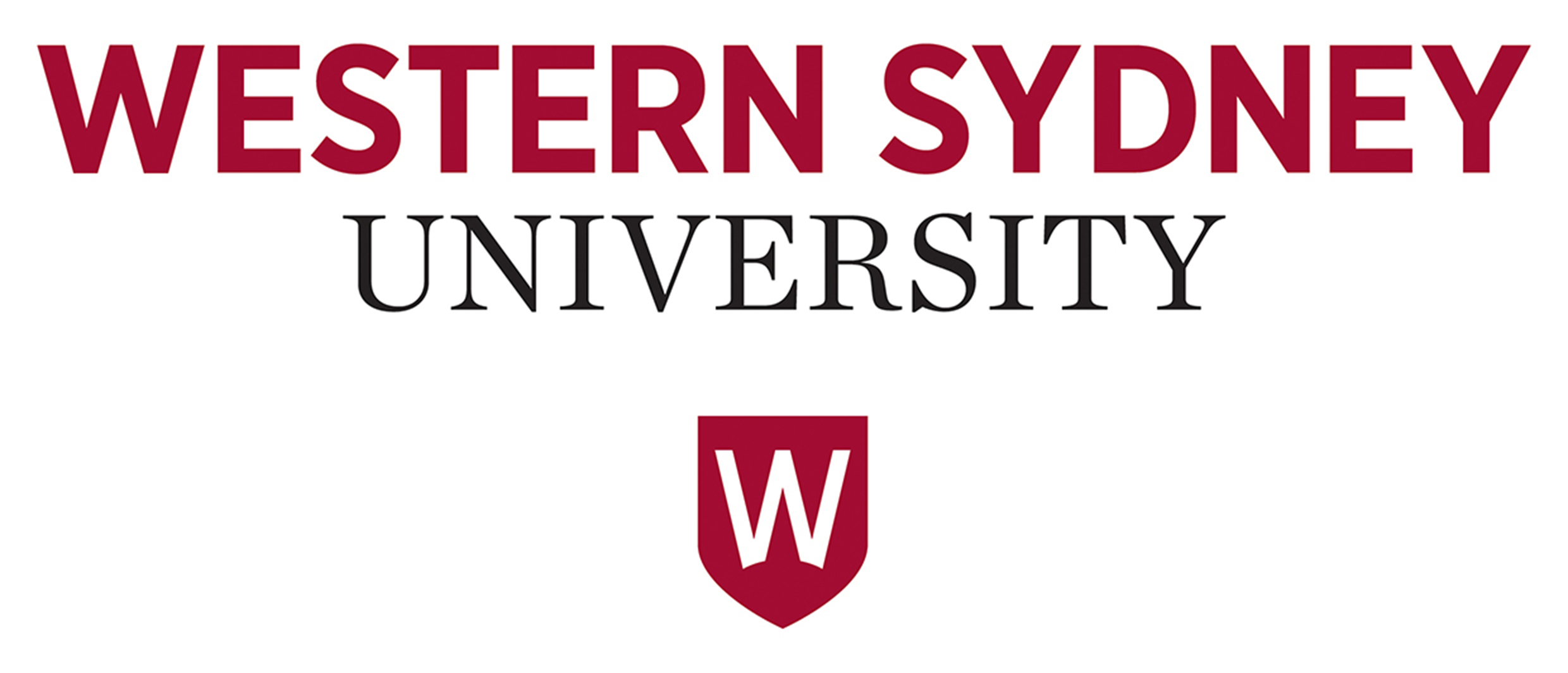Full description
This report provides a comprehensive analysis of Pasifika communities in Australia based on the 2021 Australian Bureau of Statistics (ABS) Census. The Australian Pasifika Educators Network (APEN) define 'Pasifika' as peoples and communities, who are genealogically, spiritually, and culturally connected to the lands, the skies and seas of the Pasifika region (including Aotearoa, New Zealand), and who have chosen to settle in and call Australia home. This analysis seeks to track key trends that have emerged since the 2015 Pacific Communities report published by Professor Jioji Ravulo based on the 2011 Census. In accordance with the intent of the original report, this current version seeks to provide an understanding of the current demographic, and socioeconomic experiences of Pasifika communities with a particular focus on education. This analysis covers population, education levels, employment patterns, as well as family and household characteristics to not only shed light on the unique circumstances faced by Pasifika communities, but also track key trends over the last decade. In addition, an examination of the Western Sydney region has been included, highlighting the significance of place-based insights on Pasifika communities towards informing policy responses and initiatives. Dataset: OVERVIEW This report compiles data from the 2021 Census of Population and Housing conducted by the Australian Bureau of Statistics (ABS). This document provides the second iteration on the human geography of Pasifika peoples within an Australian context,10 aimed at gathering greater insight into Pasifika communities, as well as comparing and tracing key trends through various datapoints. In addition, this report provides a spotlight on Pasifika communities in Western Sydney, where nearly 20% of the nation’s Pasifika population currently resides.Created: 2023-11-07
Subjects
Cultural Geography |
Education |
Human Society |
Human Geography |
Indigenous Studies |
Pacific Peoples Society and Community |
Pacific Peoples, Society and Community Not Elsewhere Classified |
Pasifika communities |
Western Sydney |
User Contributed Tags
Login to tag this record with meaningful keywords to make it easier to discover
Identifiers
- DOI : 10.26183/Z1ZJ-8487

- Local : research-data.westernsydney.edu.au/published/f702e2d07cf411eea5c4c9c26f8c077b


